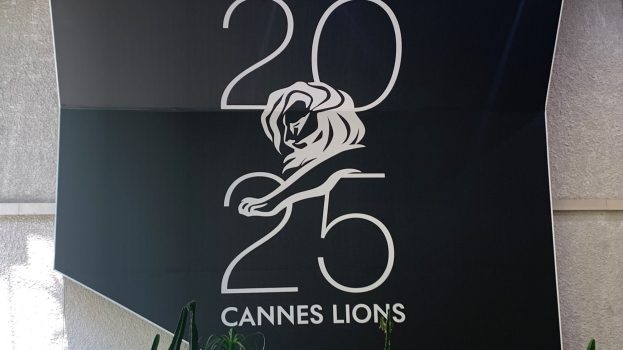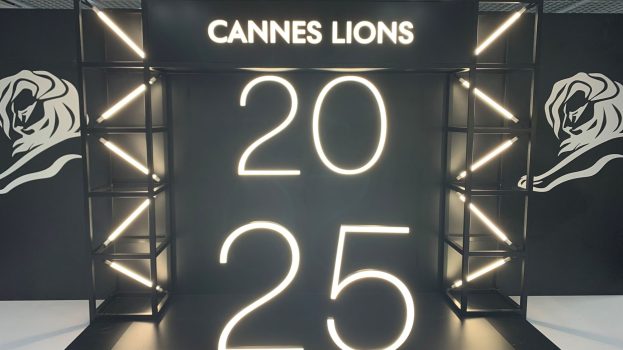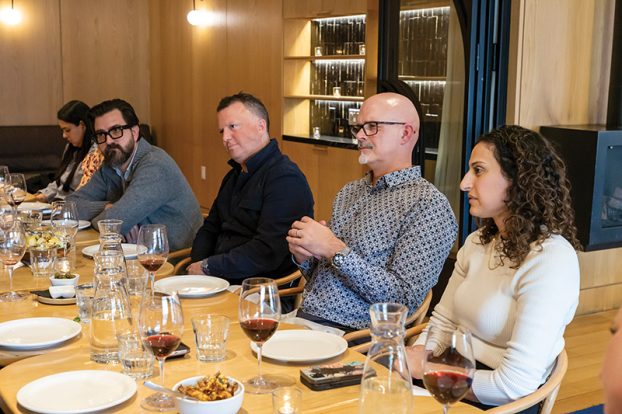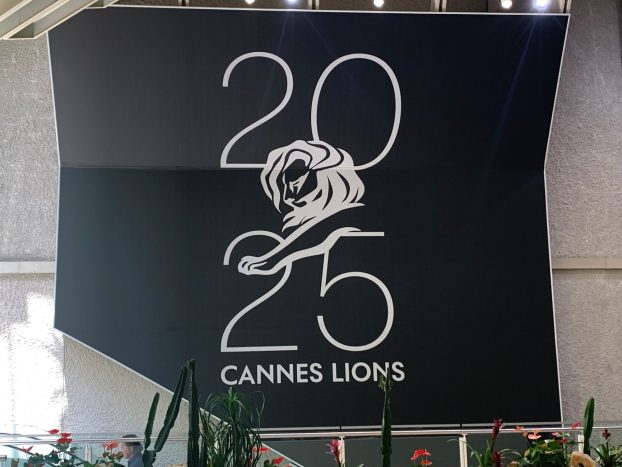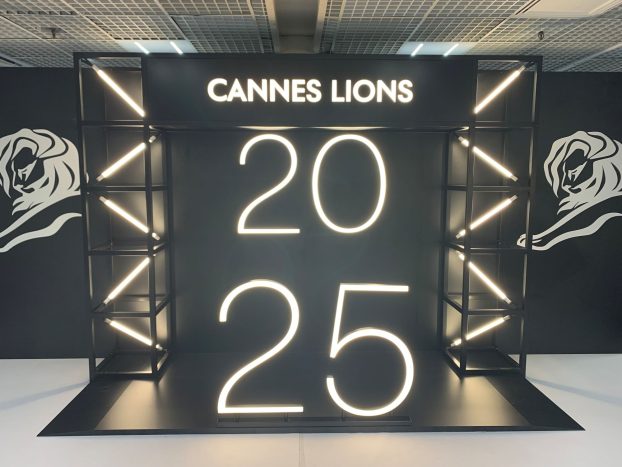When ClubLink Corporation bought the Glen Abbey Golf Club in Oakville, Ont. this past February, it acquired more than just a golf course. It also opened the door to a relationship with Bell Canada, key sponsor of the Bell Canadian Open, a premiere golfing event that attracts huge public and media attention.
One of the last events in the PGA season, the Bell Canadian Open runs from Sept. 9 -12.
The acquisition of Glen Abbey also set in motion a strategic partnership with Bell Canada that should help ClubLink add to its domination of the Ontario golf market.
In addition to its recently struck deal with Bell, ClubLink is relying on sponsorship deals with everyone from Cadillac and AGF to CIBC to leverage its unique strategy of marketing memberships in some of the most desirable golf courses in Ontario.
When the company started out five years ago, it decided to apply a unique strategy to managing private golf clubs. Instead of buying a membership for a single golf club, ClubLink customers are able to buy a membership that allows them to play at virtually any of the company’s facilities in Ontario, Quebec or in the U.S.
Since then, ClubLink has been turning the staid and static world of golf marketing on its head through its aggressive acquisition of under-performing, yet potentially lucrative golf courses. It has been rapidly buying golf properties throughout eastern Canada – it doubled its asset base in 1998 – and has been steadily drawing the attention of avid golfers, whose numbers continue to rise despite a recent downturn in the mania created by the phenomenal success of PGA star Tiger Woods.
‘Golf consolidation is our strategic effort,’ says Natalie Henrie, ClubLink’s vice-president, sales and marketing. She describes it as ‘a cluster effect,’ providing members with ‘variety, flexibility and transferability.’
To build on its strategy, ClubLink has been busy implementing marketing tactics normally shunned by traditional private golf clubs, including the development of corporate partnerships, and the use of mass advertising and direct marketing campaigns.
Its marketing partnerships help ClubLink gain access to high-income prospects with whom to build its own membership base.
‘These are high-end partnership programs,’ says Henrie, who adds that ClubLink is usually the party being courted by sponsors ‘because of the brand equity in our name.’
The company is principal golf partner in the CIBC Aerogold program. Its association with the bank’s credit card gives ClubLink national exposure, and gives cardholders Aerogold points for playing its courses.
This year ClubLink established relations with Chrysler through its sponsorship of the Chrysler Nations Cup at ClubLink’s Emerald Hills Golf Club. Even at the club level, these partnerships are visible. AGF Mutual Funds, meanwhile, sponsors the company’s interclub members’ tournament.
The sponsorship agreements help both ClubLink and the sponsors reach the highly desirable demographic that can afford the high price of a ClubLink membership.
And membership is growing at a steep pace. ClubLink’s roster numbered only 1,200 when it launched back in 1994. By the end of 1998, the company boasted more than 3,600 members. In sheer numbers, that may not sound like a lot, but with lifetime membership rates reaching as much as $60,000 at the company’s private clubs, it translates into impressive revenue growth. In fact, the company’s 1998 revenue of $72 million was roughly double that of the previous year.
The benefits of aligning with ClubLink flow just as much to the sponsor as they do to ClubLink, says Nick Marrone, Bell’s director of integrated marketing and communications.
Bell often uses golf to entertain its own high-end clients and employees, and therefore benefits from access to ClubLink facilities at a preferential rate, he says. It also doesn’t hurt that the company is growing, and can use the services Bell provides.
‘We saw the opportunity there for mutual interest,’ says Marone. ‘They’re a growing company, and they look to the future. Their telecommunications needs, as they go into the golf and resort acquisition business, from a telecommunication perspective, are going to be fairly sophisticated.’
ClubLink is aggressive in its development of corporate partnerships that provide added value for its members. For example, when the company struck a partnership deal with U.S. golf giant ClubCorp earlier this year, it wrote in a clause that gives its members free access to the American company’s properties around the world.
ClubLink has attempted to bring these strategic partnerships into its advertising activities as well, says Henrie.
Cadillac also happens to be involved in the ClubLink marketing program. Every spring, the car manufacturer gives free rounds of golf to people buying its cars. This year, Cadillac buyers were given seventeen rounds of golf.
‘They have high-end clubs that suit the Cadillac image,’ says Gord Byers, senior vice president at MacLaren Retail. ‘The idea is to give the added value. It’s a high added value, considering a round of golf at some of their clubs is $100-$150.’
For ClubLink, the Cadillac deal means having their name splashed all over a $2-million ad campaign in Ontario. Cadillac likes the idea because ClubLink has multiple facilities in Ontario, where it does 75% of its Canadian sales.
Selling a ClubLink membership is a lot like selling a Cadillac, Henrie says.


